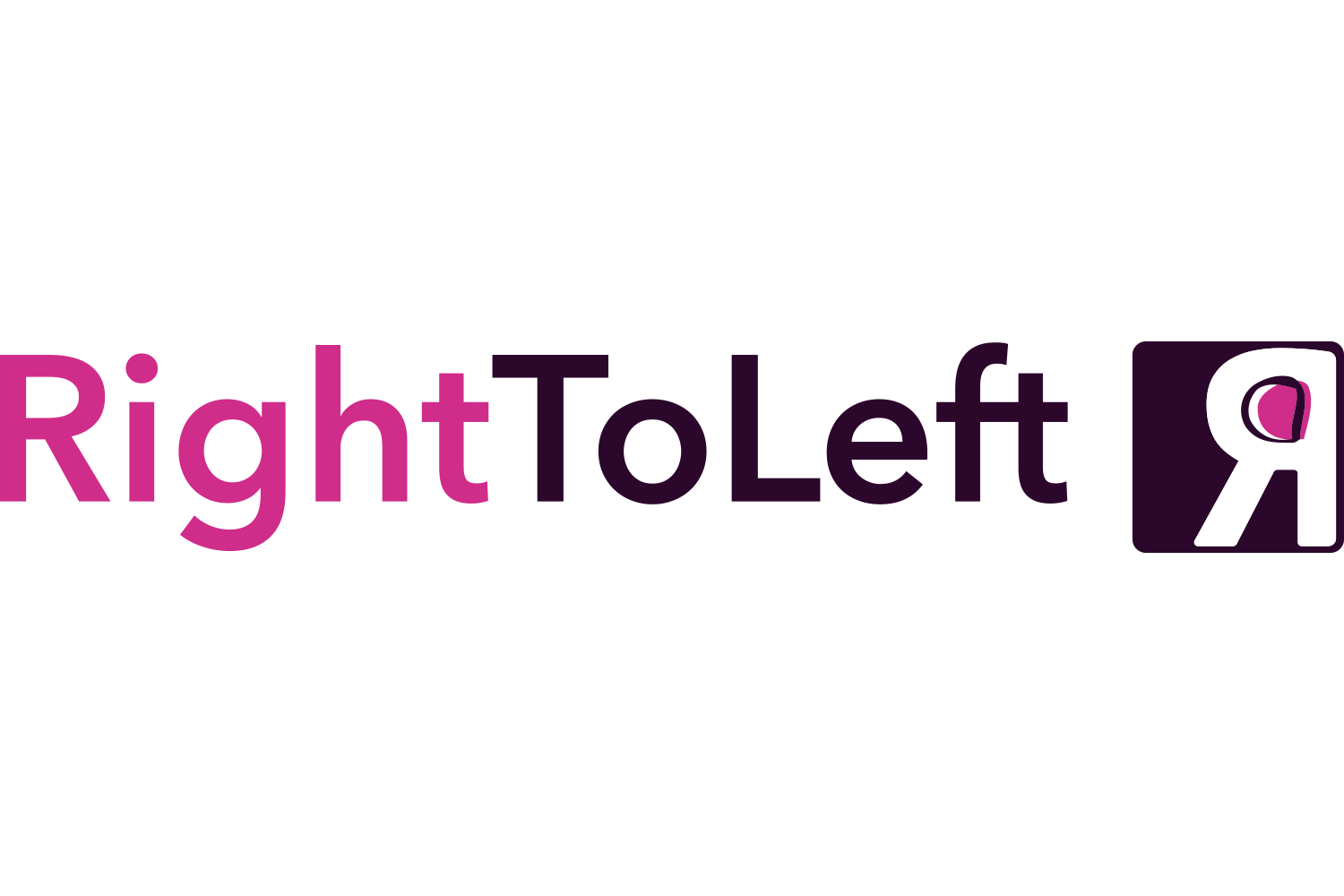How to align the business with a product concept
We all know what a business vision is and the importance behind it, but did you know you also need a product concept and vision to support your team moving forward? Many companies make the mistake of using the same document for both, which blurs the lines between what the business aims to do vs what problems the product aims to solve.
To avoid this, having a product concept to help support your business strategy will help better guide your product roadmap, and rally your entire team around the same set of values and focus.
Let’s look into this a bit further!
Business vision ≠ Product concept
It’s easy to confuse your business and product visions, particularly when your business only has one product. It’s important, however, to understand that these are two very different things.
At a high level, your business vision will answer the following:
Who you are
What you do
Why you do it
What the business goals are
What you’re focusing here on is your business’s values and mission, regardless of the number of products it might create now or in the future.
Meanwhile, your product concept will highlight the following:
Whose lives are you impacting and improving? (Who the product is for)
What are the challenges and opportunities?
Why are these things important?
What is the experience you wish to provide your customers?
What behaviours do you want to influence?
The core of your product concept revolves around your customer, what problems you’re solving, and what experiences you wish to provide. This is separate from the values and strategy of the business itself.
Having this very clear will help align everyone around product decisions, and help clarify any assumptions.
Empowering your team
Clear product concepts will empower your teams to innovate and find amazing solutions for your customers. Make sure you’re being transparent about the challenges and opportunities, as opposed to focusing on specific features.
Think of it this way:
A challenge is a problem that your market has. What opportunities does your product have to be able to solve that in a helpful way? Write this down without committing to any features upfront.
A feature on the other hand, if you start off by writing down specific features, you are siloing your team without having the opportunity to explore if there are better ways of solving that and other problems in the future.
Give your teams room to explore, run discovery, and tackle challenges in various ways.
Breaking down silos
One of the most common problems a struggling company has is often a lack of communication. This boils down to people making assumptions about decisions, direction, and definition of what the product is meant to be doing. Unfortunately, it then also leads to the product roadmap being treated as the strategic document, as opposed to it being the potential steps you might take to execute that strategy.
The most important benefit of having a product concept is to bring your teams together, add transparency, and ensure there isn’t a lack of alignment in your organization. Be sure to share all three documents with everyone: your business strategy, product strategy, and product roadmap. You want to be able to empower, align, and bring everyone together to work as a single team.

